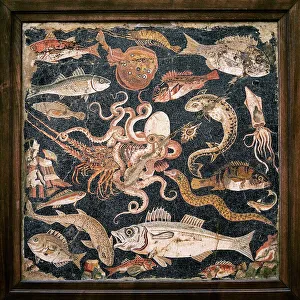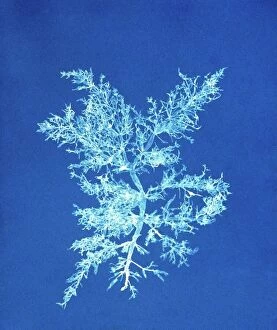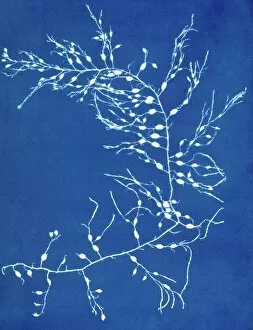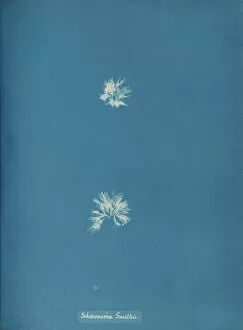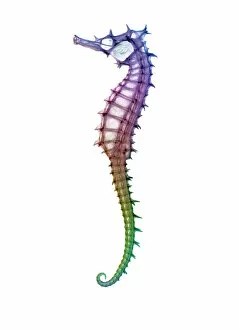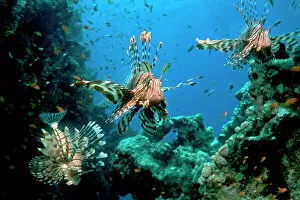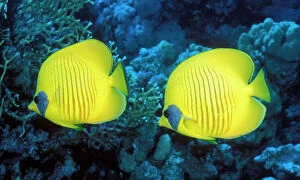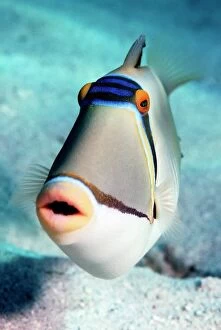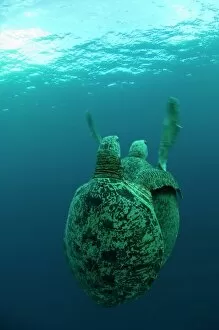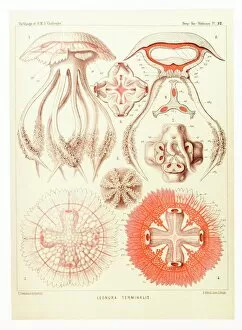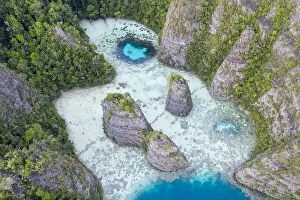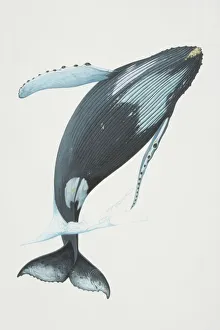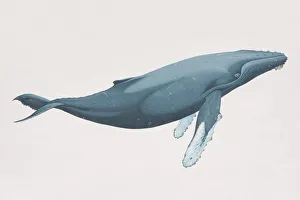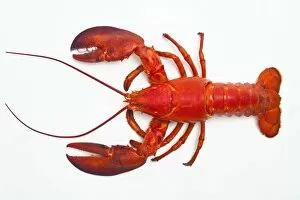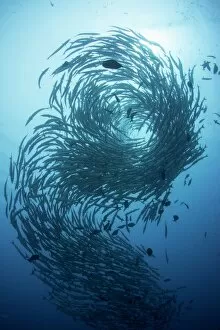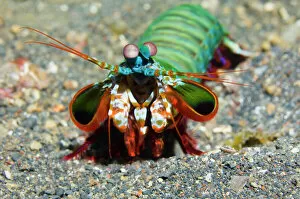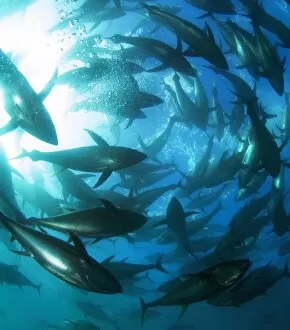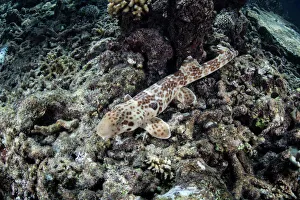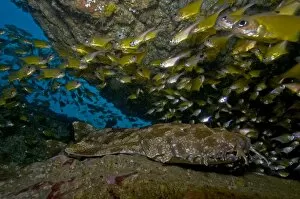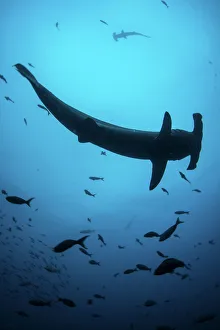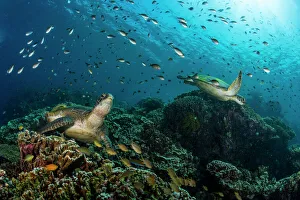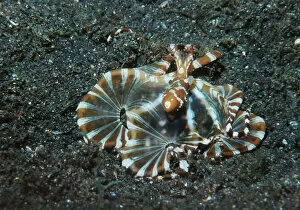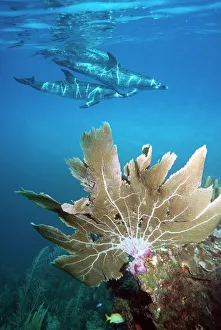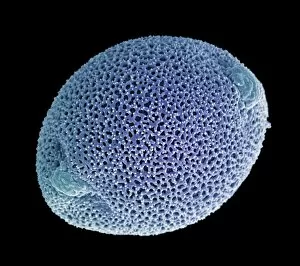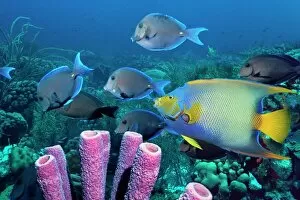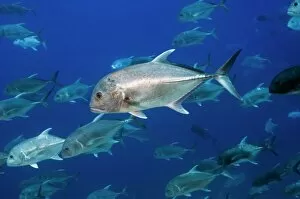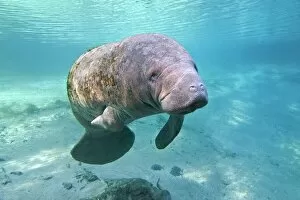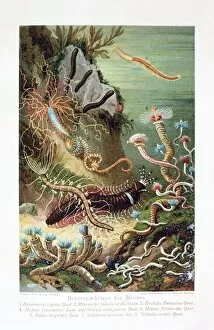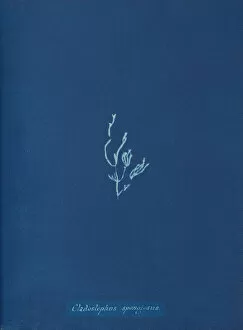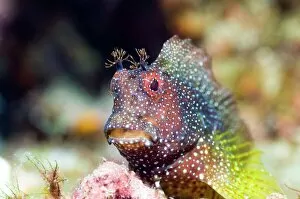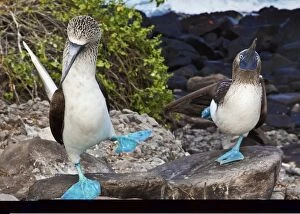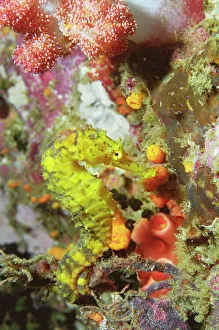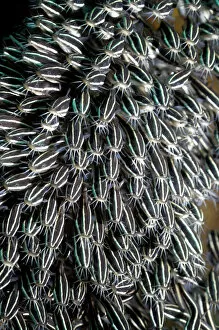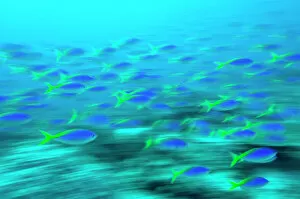Marine Biology Collection
Dive into the captivating world of marine biology, where ancient Roman seafood mosaics and 19th-century alga cyanotypes unveil the secrets of our vast oceans
All Professionally Made to Order for Quick Shipping
Dive into the captivating world of marine biology, where ancient Roman seafood mosaics and 19th-century alga cyanotypes unveil the secrets of our vast oceans. From the intricate details captured in Schizonema Smithii by Anna Atkins to the delicate structure of a seahorse skeleton, every creature tells a unique story. Witness the vibrant colors and patterns adorning an Arabian Picasso triggerfish or marvel at the graceful movements of green turtles gliding through crystal-clear waters. Explore coral reefs teeming with life as lionfish gracefully navigate their way among colorful corals, while bluecheek butterflyfish add a touch of ethereal beauty to this underwater paradise. Venture ashore and discover starfish scattered along sandy beaches, reminding us that even in seemingly desolate places, life finds a way. But it is not only on land that nature's wonders unfold; behold the majestic silhouette of a manta ray soaring effortlessly through open waters—a true testament to both grace and power. And amidst this enchanting realm lies one of nature's most intimate moments—the mesmerizing dance of green turtles mating. A symbol of resilience and endurance, these gentle giants remind us that love knows no bounds beneath the waves. Marine biology offers an extraordinary glimpse into Earth's diverse ecosystems—an opportunity to understand and protect these fragile environments for generations to come. So let us embark on this journey together, exploring depths unknown and unraveling mysteries yet untold in pursuit of preserving our precious oceans' treasures.

